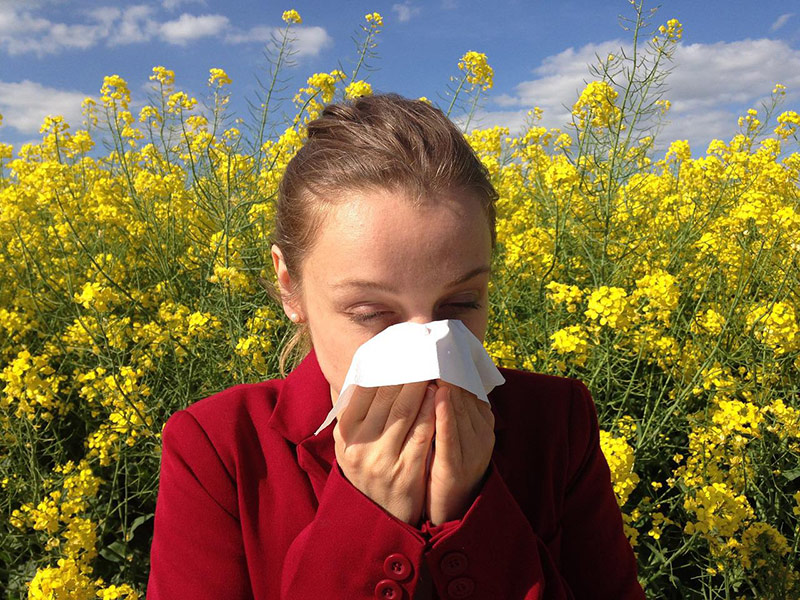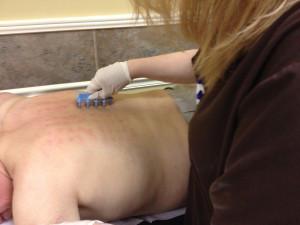Allergies are over-reactions by your immune system to what are called allergens (such as dust, pollens, grass, molds, or animal dander) causing a reaction that may affect your lungs, nose, skin, eyes, cardiovascular system, or gastrointestinal tract.
The first step to ending your allergies forever is to find out exactly which allergens are causing your annoying and debilitating symptoms.


